Event photography can sometimes be challenging when first starting out. There’s a certain freedom that comes with being able to wander at will to capture the day as it unfolds. But how to do it well? After all, we can’t be everywhere at once! Here are some event photography tips & techniques to get you started! but first, let us define the event photography.
Event photography definition
The event photography definition as mentioned in Wikipedia is as follow:
Event photography is the practice of photographing guests and occurrences at any Event or occasion where one may hire a professional photographer.
The event photography coverage is used around the world on occasions such as weddings, christenings, naming ceremonies, parties, birthdays, formals, dances, ceremonies, award ceremonies, funerals, meals, corporate events, and engagements.
Event photography tips & techniques
Case the Venue
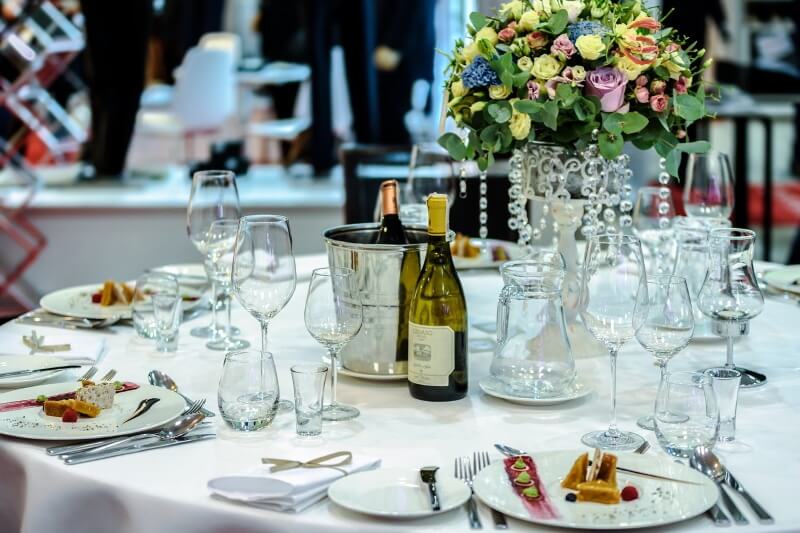
Image by Photo Mix from Pixabay
As the event photographer for the day, you might be the only photographer on hand! That amount of responsibility means it’s up to you to know where and when to be snapping away. In this example, “case the venue” means not only getting familiar with the layout of the club, meeting room, party house, or other event venues.
It also means that you know when important moments are due to happen and where. That you’re aware of the schedule and have already found the best places to be. If you’re shooting a wedding party from 2-5 pm, you should be made aware of the best man’s plans to speak around 3:30 and should be in place a few minutes beforehand.
Club environments are especially important to explore before the party is on hand. Knowing the layout of the club while the lights are on can make the difference between a fun, intimate shoot and unsuccessfully elbowing your way through a mass of people feeling lost and unable to get the best angle on the performers.
The photography gear
- Camera Body
If you are going to shoot the event indoor, you may have to use a camera with good low light capability. Of course, there are other factors important factors to consider but the low light capability is the most important. Look for a camera that has less noise at higher ISO levels and more sensitive sensors.
In general, cameras with higher megapixel counts pick up more details. If you can manage a camera with a full-frame sensor, it would be the best choice.
-
Fast Lenses
Event photography means working with little to no control over the light sources available. While flash photography can help cover the lack I prefer working with natural light. Natural light photography is not only less distracting but also preserves the atmosphere of the venue. This means we want lenses with apertures of f/2.8 or below; in photography parlance, we call these wide aperture lenses “fast lenses.” You can either buy or rent this kind of lens from Philadelphia Lens Rentals if you’re from this city.
With such wide apertures, we can keep our ISO low even when things get dark for clean, professional-looking images. While image noise is sometimes unavoidable, your customers aren’t going to be as knowledgeable as you on how exposure works. Clean images go a long way in keeping customer complaints at bay. Fast lenses also give you better subject separation, creating the razor-thin depth of field look that’s most popular in today’s photography world.
Shallow depth of field is a great stylistic choice. Having one subject in focus with the rest blending into a bokeh makes for a visually pleasing and simplified image.
Also, you may consider using a prime lens, prime lenses tend to be sharper than lenses with a zoom range. The downside to fixed is that you have to zoom with your feet if you want to adjust the composition.
If you’re a mirrorless camera photographer, your camera probably has a silent electronic shutter option. Enabling it allows you to snap silently without the obtrusive shutter sound getting in the way, ideal for events like speeches and weddings. However, e-shutters can generate banding where fluorescent lights are used. You’ll need to switch to either the mechanical shutter or electronic first-curtain shutter to avoid banding artifacts in your images.
-
Light sources/flash
For very low light conditions, the use of portable artificial lighting is necessary. Some photographers opt for flash while others use continuous light. I have an interesting post “Continuous Lighting Vs Flash lighting” that tells you how to choose among them. Continuous light is much easier to use, but can be a nuisance or distracting to the event.
Here’s a good article “Off-Camera Flash For Beginners” to illustrate the benefits of using off-camera flash
-
Extra Batteries and Extra Cards
Being away from your studio or home, you don’t want to be stuck with a full or corrupted memory card and/or a dead battery. Always pack extras cards and batteries.
Candid Moments are Ideal

Image by Omar Medina Films from Pixabay
We all want to pose and look our best. But candid moments are the unplanned, often emotional storytelling moments that tell viewers what an event was like. Even in something as seemingly bland as a business meeting, there will be moments of laughter, glances, postures, and applause, all of which creates a narrative that stiff, posed smiles do not.
Weddings, parties, and other more emotional gatherings are where candid event photography really shines. These are the moments that even the couple or event organizers are unaware of and are the memories they’ll appreciate the most. Businesses, couples, and families looking to host an event often want a storyteller. Anyone with a camera can simply document but it takes a real photographer to tell the story of an event!
But Also Mix in some Posed Moments

Photo by Marily Torres from Pexels
If this is your first event, you may feel a bit self-conscious and shy about taking people’s pictures candidly. Posed portraits are a great way to break the ice for both you and your subjects. Introduce yourself as a corporate event photographer and ask if they’d like to take a picture. Many people are unsure about a camera so you may need to take charge in terms of where and how to pose.
You should be aware of the lighting environment of your venue at all times. Try to find places for posed portraits that have even lighting on the faces of your subjects. Environmental portraits that include background elements add a documentary element to your event images. For example, you might choose to take portraits under the canopy of nearby trees for an outdoor wedding or fundraising event.
Zoom with your Feet

Photo by Matheus Bertelli from Pexels
This old adage often applies to why one should use prime lenses but also applies to event photography more often than you might think. To a casual viewer, the differences are subtle. But using a zoom lens does create a sense of subject distance due to telephoto background compression. Sometimes you simply can’t “zoom with your feet.” If you can’t get closer to the stage then you simply have to take out the telephoto lens.
But it’s undeniable that a good normal (35mm to 50mm) to wide (less than 35mm) prime lens in the thick of an event creates a far more intimate atmosphere. It’s why photojournalists prefer them; they pull the viewer into the scene. Wide to normal primes are a bit more challenging to use in event photography but your images will have far more impact when used right! If you’re looking to tell a story rather than simply document the day, zooming in with your feet is the best way to create sensational event photographs!
Fill the Frame
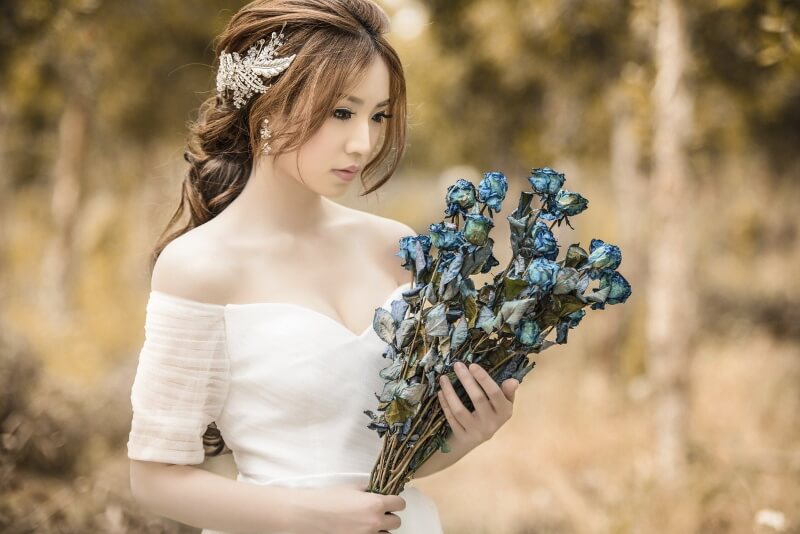
Photo by Davis Sanchez from Pexels
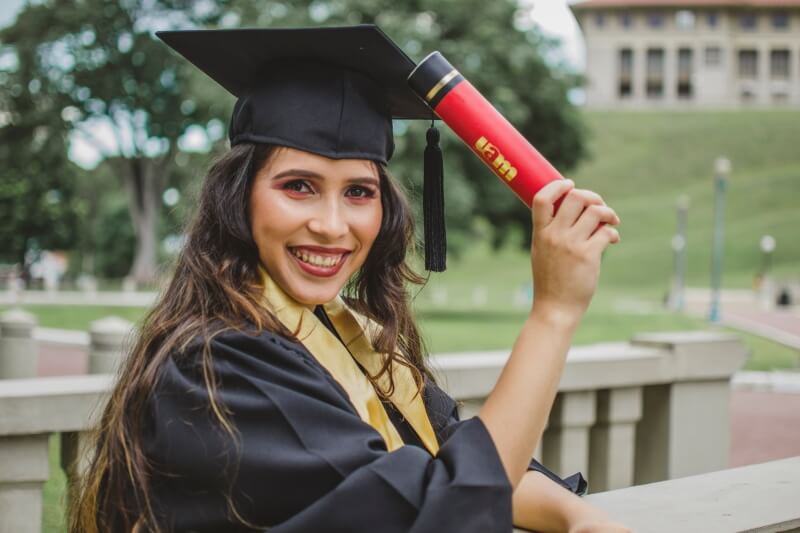
Image by kjika7094 from Pixabay
Don’t let your event photographs feel too remote in character. Standing far from your subjects (see zooming with your feet) or leaving too much open space around people gives them a bland character. Get up close and get images of people doing their thing! Even if you cut off the tops of heads or get partial shots of the action, filling the frame with your subjects helps convey the mood of an event. Try to get beyond any feelings of self-consciousness to fill the frame with your subjects!
Conclusion
Event photography is something nearly every photographer takes part in as they advance their careers. It’s a great way to build your portfolio, make contacts, and get recommendations for future paid work as a photographer! Whether you’re about to shoot graduation, wedding, or a simple meeting, these event photography tips & techniques will help you successfully tell a story and get hired again in the future!
Thanks for reading, I hope you enjoyed the article if you have any questions just post below & I will be happy to answer you.
The feature Photo by Soulseeker from Pexels
If you enjoy the site, don’t forget to subscribe, we will only inform you when a new article is posted.

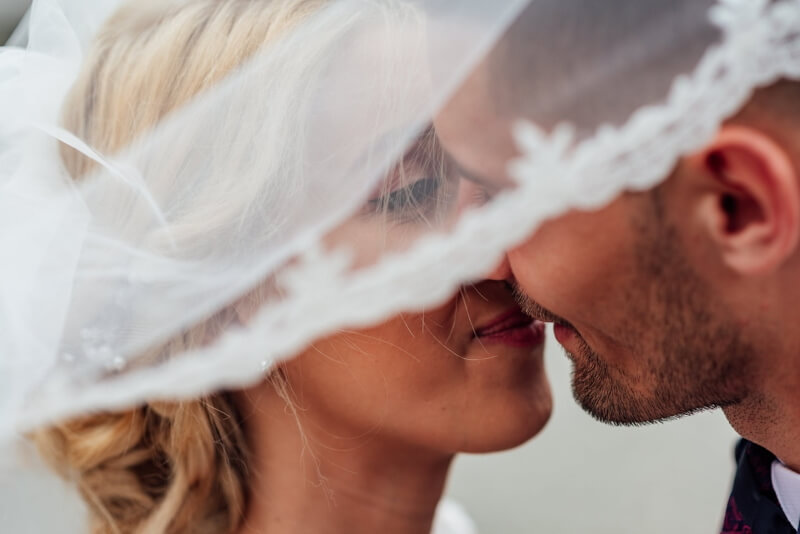







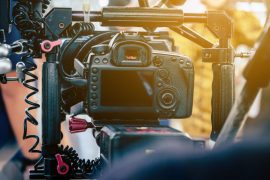


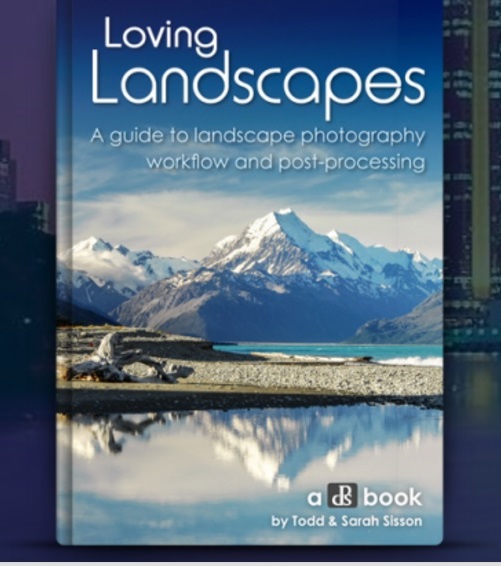
You are a genius.
Photography skills have always been something I wanted to learn, because I was very interested in it and always wanted to take very beautiful photos or videos.
I personally think that these photography techniques you mentioned, such as photography gear, Light sources / flash, etc., are very practical for novices.
Finally, thank you for sharing this blog post about Event Photography Tips And Techniques.
You are welcome. Glad to help.
Hi Ehab, I really love and appreciate you for this article you have shared on event photography tips and techniques. Photography is one thing next to my heart and I have learnt so much from this article. It’s not easy for one photographer to cover an event but it is possible indeed and would yield excellent results if your tips are strictly followed. One of the best moments in events are the candid moments and of course every moment is crucial. …
My kind regards!
Yeah I agree, event photography might be stressful too, so practicing is the key. Happy shooting!